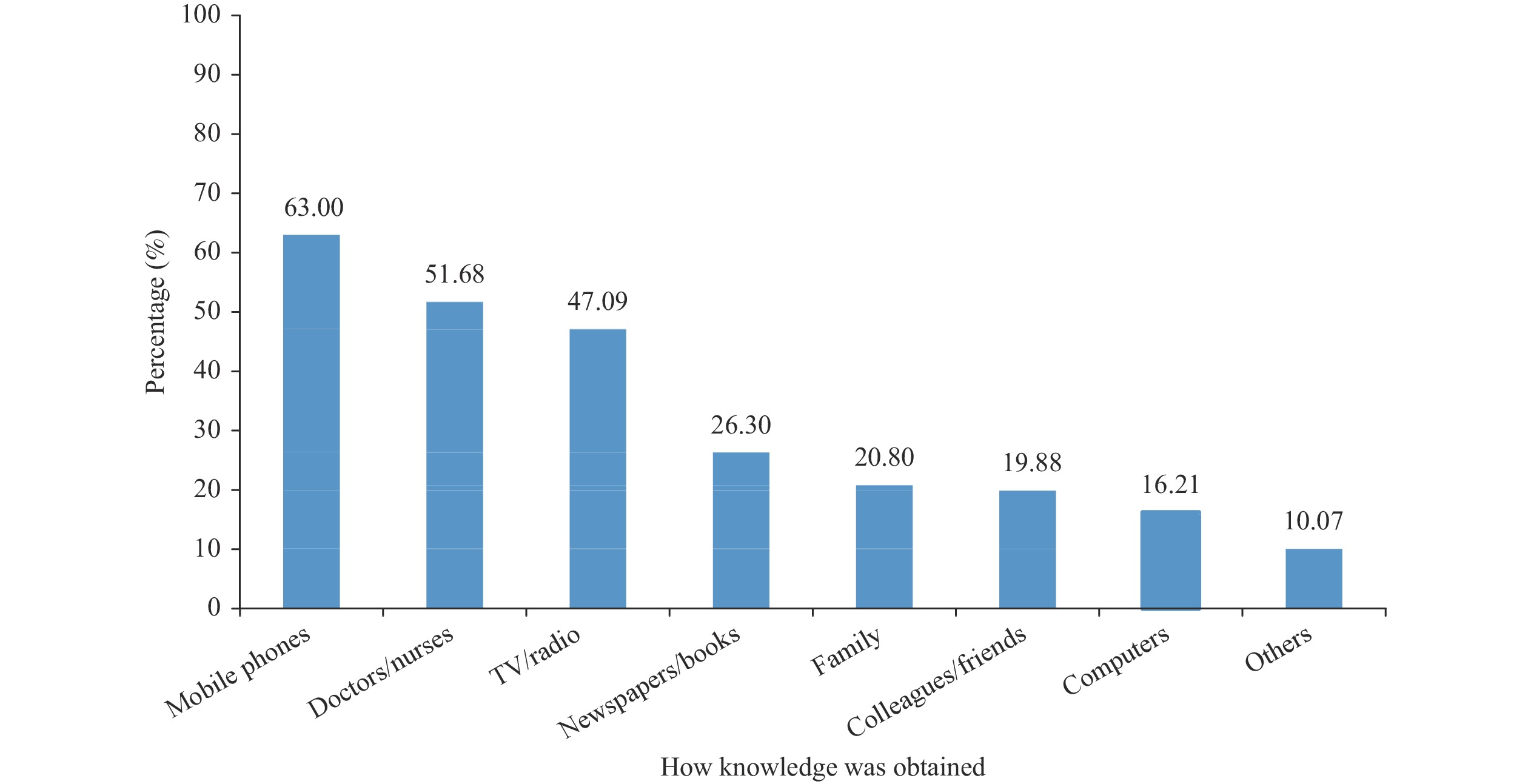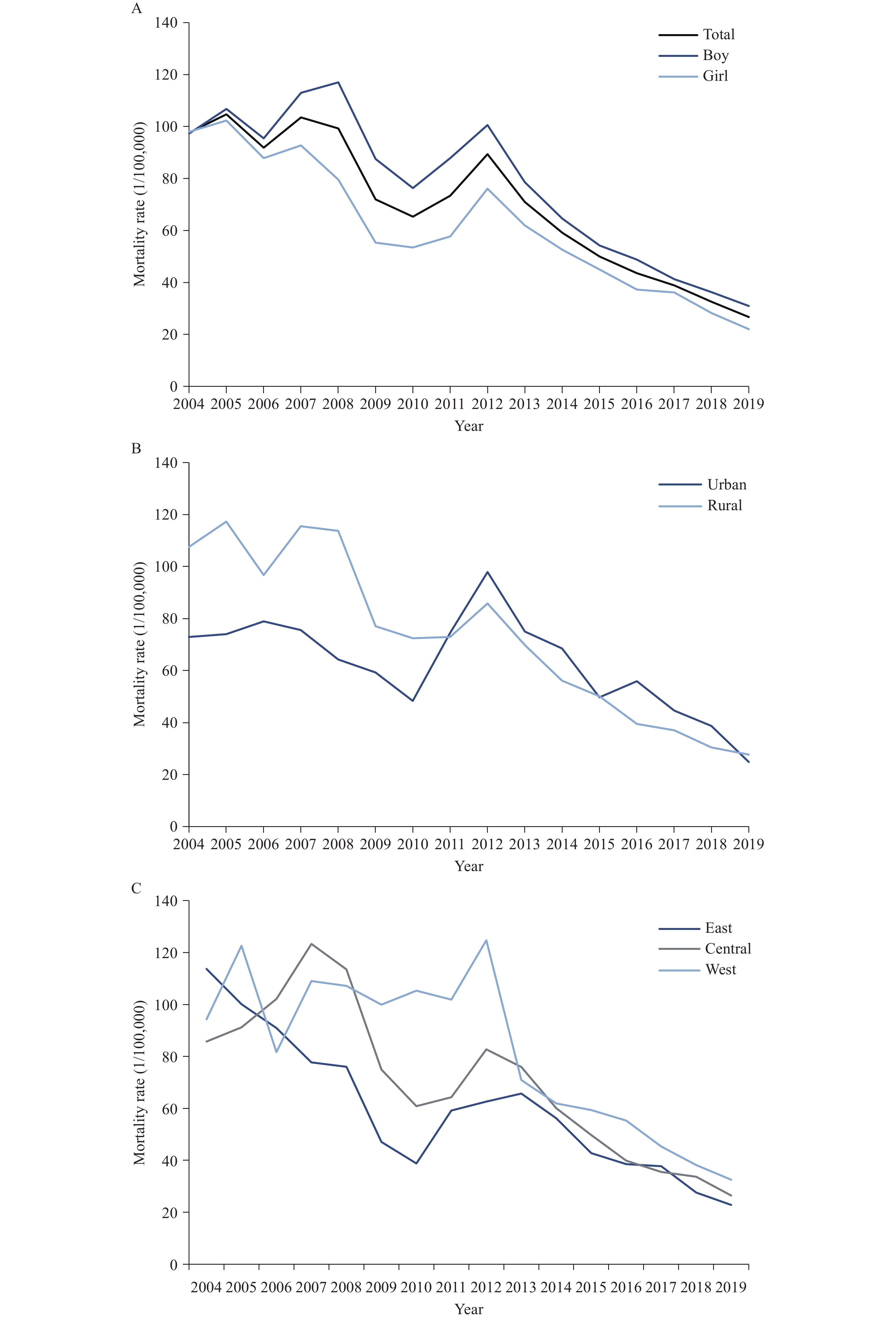2022 Vol. 4, No. 20
China has the largest and most complex natural reservoir of plague in the world. Since the 1980s, our country standardized animal plague surveillance and accumulated a substantial amount of useful epidemiological data. In accordance with the “Criteria for Determining Plague Natural Foci and Plague Epizootics (GB 16883–1997),” Ya Dong, Xizang (Tibet) was identified as a new plague focus in 2021 (Marmota himalayana plague).
Based on plague epidemiology in the past 20 years, we identify high-risk areas in 2022 to provide scientific evidence supporting plague prevention and control policy in China.
To avoid the spread of plague to humans, we recommend strengthening animal plague monitoring in high-risk and adjacent areas and timely investigation and response to animal plague epidemics. Early detection, early reporting, early diagnosis, early isolation, and early treatment of human plague helps prevent spread and long-distance transmission of plague.
Pneumococcal diseases (PDs) pose a serious health threat to children. Vaccination is the most cost-effective intervention to prevent PDs, but pneumococcal vaccines coverage among children is low in China.
This study investigated the willingness of children’s caregivers to have their children vaccinated with pneumococcal vaccines under an innovative policy to offer 1-dose of the 13-valent pneumococcal conjugate vaccines at no charge to families. The research found that 70.51% of caregivers were willing to have their infants receive pneumococcal vaccines and that reducing the cost of vaccines may increase caregivers’ willingness.
This is the first evaluation in China of acceptance of pneumococcal vaccines among children under a 1-dose, cost-free policy. The results provide scientific evidence for updating local and national pneumococcal immunization strategies to promote the use of the pneumococcal vaccine.
The health status of designated drivers is largely associated with road safety, which is a major public health issue. However, few studies have focused on the health demands of designated drivers.
This study investigated the health consciousness, first aid knowledge learning, acceptable ways to acquire health knowledge, and willingness to have physical examinations for designated drivers to provide suggestions for improving their health status.
The industry and platform should provide scientific and reasonable guidance on healthy lifestyles for designated drivers and implement physical examinations to monitor their health status.
Low birth weight (LBW) significantly affects the health of children during the perinatal period, neonatal period, and infancy, and is an important risk factor for neonatal death.
The mortality rate of low birth weight infants(LBWI) decreased from 2004 to 2019 in China, while the proportion of overall infant deaths due to LBW increased.
A key way to reduce child mortality and improve children’s health is to reduce the occurrence of LBW and associated mortality.



 Subscribe for E-mail Alerts
Subscribe for E-mail Alerts CCDC Weekly RSS Feed
CCDC Weekly RSS Feed
